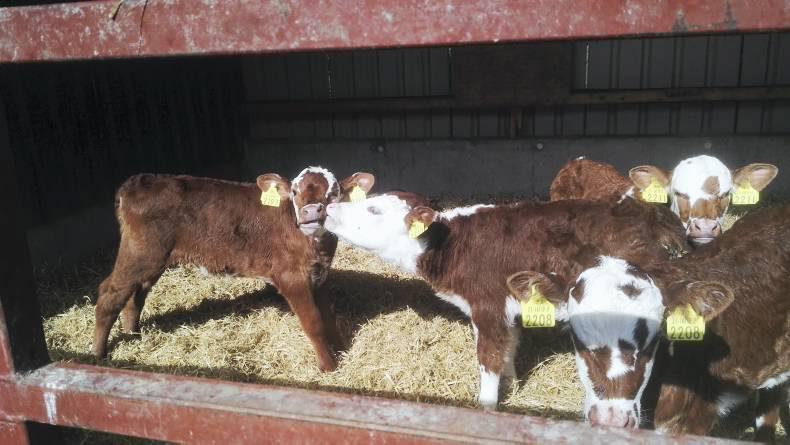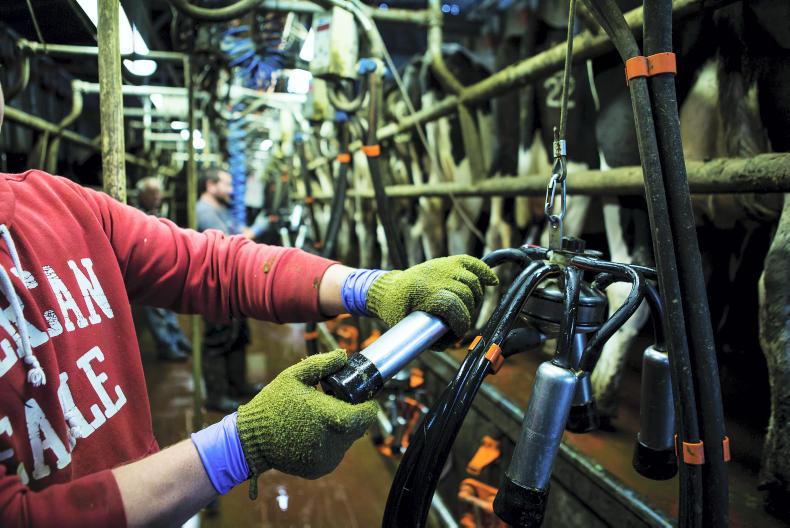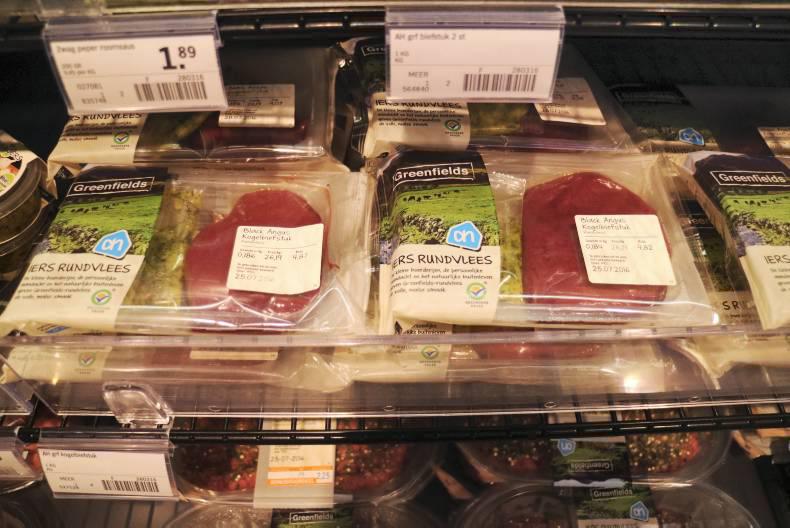There is a significant variation in forage quality across the Dairylink group of farmers, which is resulting in cows not milking as well as expected due to variable forage quality.
For both the spring-calving Cavan farmers, cows are being dried off with less emphasis or dependency on high silage quality on these farms. While it is still important, these dry cows receive good-quality silage and it is only required to maintain cow condition and grow the calf.
The other project farms in Tyrone and Down have moved into the breeding period with milk production in peak flow. After talking to some of the project farmers, the main issue is silage of lower quality than expected. This is also not helped by some of the project farmers having to feed lower-quality second-cut to allow access to the better first-cut.
Even the variation in forage quality on individual project farms is significant. Co Down farmer Nigel Corbett has good-quality silage this year. However, there is a 5% variation in silage ME from one sample to the next – even from samples taken in the same pit of silage.
Efficiency of feeding this winter is critical and maximising silage potential will save in concentrate feeding. Consequently, it is important to have silage analysed to establish its full feed potential as this will allow sensible decisions to be made on the level of supplementation needed.
Table 1 highlights the difference in concentrate feed levels required to sustain 30 litres per cow per day. This is based on the quality of silage made on Nigel Corbett’s farm in 2015 against silage made on the farm this year.

Nigel Corbett Banbridge, Co Down
Breeding on the farm started on 15 December. By the end of the month, 58 calvings will have taken place on the farm since the start of calving. I still have five heifers to calve and 25 cows in 2017, with 12 of these cows still not dry yet.
Fertility has slipped in the herd over the past five years and the result is a spread calving period. After discussion with Conail, I am taking a proactive approach to solve this problem.
All eligible cows are tail-painted or have a coloured sticker on their back to help with heat detection. Before breeding started, we were recording cow heats and following up on non-cycling cows in the herd with a vet visit.
Maiden heifers have not been bred yet, but will be batched into two groups due to the age difference, then fixed time insemination will be given. The first group of seven heifers will be served normally to standing heat. Cows in the second group are not big enough for bulling now and will be served in the spring at 350kg liveweight to calve down at 24 months of age. I considered using sexed semen on the heifers, but do not want to risk the lower conception rate.
I have 17 cows served in the first five days, which is not bad from 58 available, but I’m noticing maybe heats are not as strong for the last few we bred.
Sire selection has been based on improving herd fertility. We are using Holstein Friesian sires with high levels of milk solids and high PTAs for fertility. All the sires have been selected from the EBI index to deliver improved fertility. These replacements will filter into the herd over the next five or six years.
We have 23 replacement calves on the ground so far this year. We are also looking at other faster options to improve the overall herd performance, including culling out repeat cows or low-fertility cows faster and replacing with better genetics to fit the autumn-calving system I want for this farm. Sires used this year include FR2385, Fr 2239, Fr 2056, Otto, and LWR on heifers.
We are currently feeding second-cut silage to the milking herd. Concentrate is going in via the parlour, with no diet feeder being used this year. The parlour nut is a 19% protein with high energy. The parlour is allocating concentrate to cows producing above 10 litres at a rate of 0.45kg of concentrate per litre of milk.
The second cut is lower in energy and D value than the first cut and we are struggling to get enough dry matter intake into the herd, which may be affecting fertility performance, so the plan is to open the first-cut pit at the weekend.
First-cut analysis is dry matter 35%, protein content 15%, M.E 11.6 Mj/kg DM, and D value of 73.
The higher digestible value and energy level will help improve intake and therefore total energy intake. Milk protein has been slipping over the past two weeks which is indicating an energy deficiency. We have the option to increase the concentrate feeding level. However, the higher-quality first-cut should solve the problem.










SHARING OPTIONS